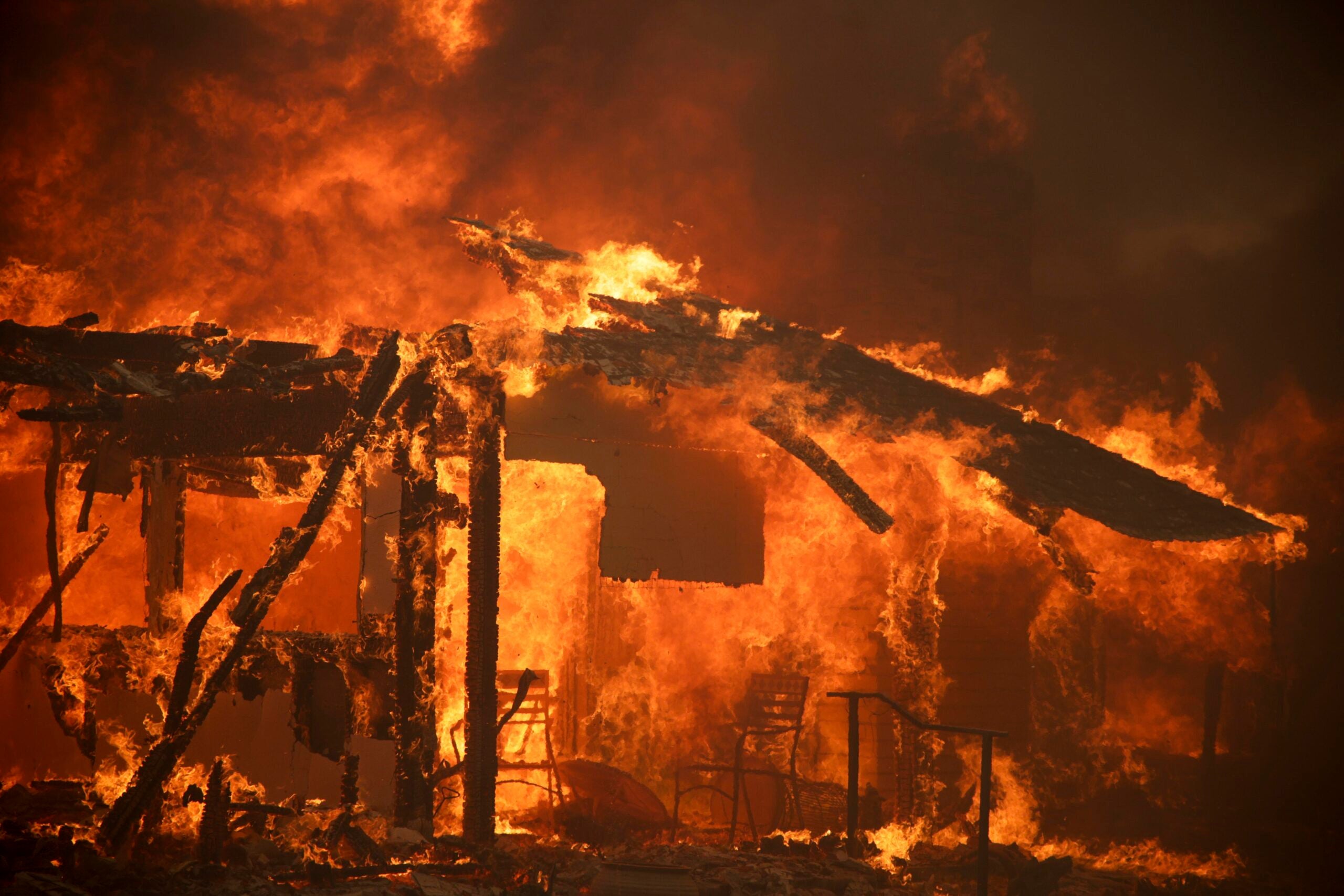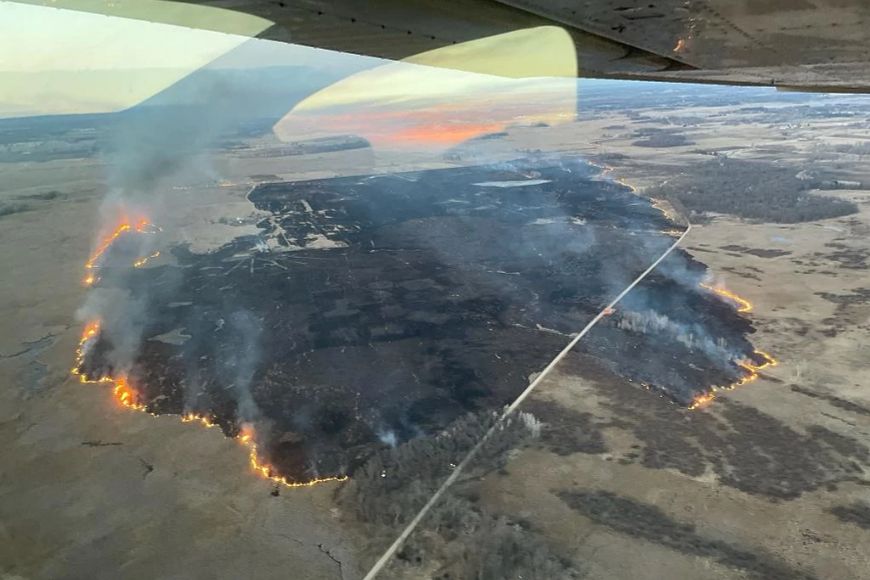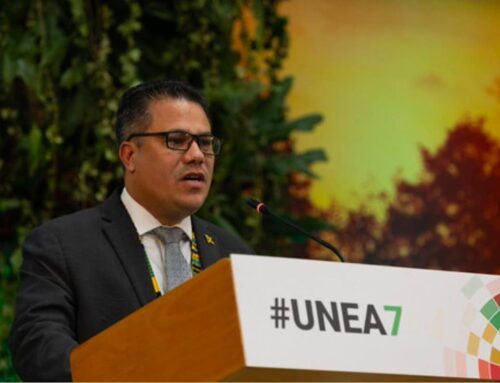Wisconsin sees record start to the fire season as climate change drives more blazes
April 14, 2025
Wisconsin saw a record number of fires in January and February this year due to a lack of snow as climate change has set the stage for more wildfires.
Wisconsin averages 864 wildfires that burn around 1,800 acres each year, according to the state Department of Natural Resources. Jim Bernier, the agency’s forest fire section manager, told the Natural Resources Board last week that the state’s 10-year average is trending up every year.
Bernier said that’s due to changing climate conditions, which have driven significant droughts in the last two years. He said that’s extended the season beyond when most fires burn in March, April and May.
This field is for validation purposes and should be left unchanged.
“With these droughty conditions that we’re experiencing, we’re seeing these fire staffing needs occurring more and more all year round,” Bernier said, adding the year is already off to a record start.
“We’ve never had this many fires in January and February ever in the state of Wisconsin,” he said.
The state had already seen more than 470 fires as of Monday — double the average for this time of year. More than 1,900 acres have already been set ablaze. People burning debris caused almost half of all fires so far this year.
The DNR said Monday it’s staffing available fire equipment and continuing to suspend burn permits in 24 counties amid high fire danger through Wednesday due to dry and windy conditions.
Climate scientists say the state is increasingly vulnerable to wildfires, according to a report from the Wisconsin Initiative on Climate Change Impacts. Vegetation is drying out faster with reduced snowpack. While temperatures were near normal this winter, the Wisconsin State Climatology Office reported below normal precipitation and the state’s 18th driest winter on record.
Board chair Bill Smith highlighted an increasing trend of more development in forested areas amid an influx of retirees or people working remotely. Bernier said that’s increased wildfire risks, adding they have specialists that work with local communities to reduce fuels on the landscape.

Volker Radeloff, a forest and wildlife ecology professor at the University of Wisconsin-Madison, said the interface of wild land and urban areas accounts for roughly 10 percent of the state that’s potentially at risk of wildfires.
UW-Madison researchers have found the number of homes where vegetation and homes meet or intermingle has grown 33.6 percent since 1990 to nearly 586,000 homes in Wisconsin. The findings are based on analysis of U.S. Census data.
While that doesn’t mean those homes will burn down, Radeloff said it increases the number of fires ignited by people living in and around those areas. He added homeowners can take steps to make their households less susceptible to fires.
“That includes things like avoiding vegetation that could burn right close to the house itself,” he said. “Even if the area within 30 feet of a house is cleared, that can make quite a difference.”
He said a metal roof, shutters and garage door can also help protect homes from fires.
“When we look at the U.S. as a whole, of all the homes that are within the perimeters of a wildfire, only 11 percent actually burn. Most houses survive,” he said. “So homeowners can do a lot to increase the chance that their home will survive.”
The state loses around 50 homes each year, but around 10 times as many structures are saved.

The Big Island Fire in Green Lake County consumed more than 800 acres in March. No one was injured and no buildings were lost in the fire, which is the state’s largest so far this year.
Radeloff said county and state agencies can help prevent loss of life or property by educating homeowners and creating fire breaks that can be a highway or plowed area that stops the spread of a fire.
The latest U.S. Drought Monitor shows almost half the state has abnormally dry conditions, including areas of northern and southern Wisconsin. Bernier said drier conditions are expected to stick around.
“We have to mentally prepare ourselves that … we’re in it for a long haul,” he said. “We’re probably going to see a prolonged aspect of this again.”
The DNR has said around 600 agency staff are trained and maintain wildland fire qualifications, which includes those involved in firefighting and incident management.
Wisconsin Public Radio, © Copyright 2025, Board of Regents of the University of Wisconsin System and Wisconsin Educational Communications Board.
Search
RECENT PRESS RELEASES
Related Post



